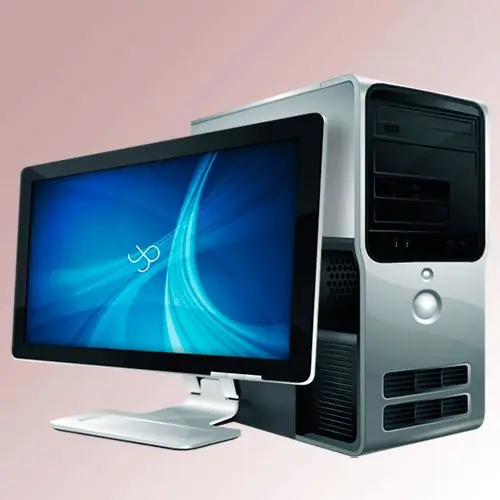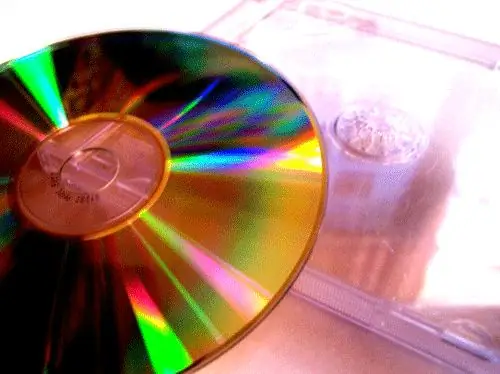There are many reasons that may lead to the need to reinstall the system. First of all, this must be done in case of deterioration, slowdown of the computer due to a large number of errors in the registry, virus infection. In addition, it is quite natural to want to replace the system with a newer, more modern one. There is no need to be afraid and postpone reinstallation "for tomorrow". Once you have done it yourself, you will see that it is not difficult and does not take much time.

Instructions
Step 1
Before proceeding with the reinstallation of the system, you need to take care of preserving the information. Carefully review the contents of the disk on which you will install the system (disk C is recommended for this purpose). If it contains files that you need in the future (for example, the “My Documents” folder, mailbox, pictures, movies, etc.), transfer them to another medium. It is better if it will be a portable hard disk, DVD, flash drive of sufficient size. As a last resort, transfer the data to another logical drive (D, E…), which you do not plan to format. Prepare a CD or DVD (depending on the computer drive) a bootable disk, as well as disks with drivers for the hardware installed on the computer. Make a note of the system information, the name of the computer on the system, accounts, etc.
Step 2
Now you can start reinstalling the system. To do this, insert a bootable disc into the drive. Configure BIOS so that boot starts from CD-ROM. At the beginning of the boot, use the del / F2 key to enter the main window, make the necessary settings (in the "First Boot Device" item, the value "CDROM" should be displayed). Then, by clicking on the "Save and Exit" or F10, exit the BIOS. The computer will start to boot from the disk.

Step 3
Before you is the main installation menu, select the desired item. Now you need to be very careful, because the installation program will ask you for the location on your hard drive where you will install the system. This section will be prompted to format. There is no rush here, think carefully about the answers, otherwise you can lose all the information on the computer. If, of course, you decide to start from scratch, format all sections. For faster performance, it is recommended to format all drives with NTFS. After selecting partition C for installation, set its size. It depends on the total size of the hard drive and on the version being installed (for example, for Windows XP, at least 10 GB is recommended, if more is better). You can split the remaining disk space at your discretion. The next stage of work is the installation itself. You don't need to touch anything, intervene only when there is a specific program request. At this stage, you can enter network settings, computer name, etc. If you doubt the correctness of the requested information, ignore the question, press the "Continue" button.
Step 4
Within no more than half an hour, the system will be installed on your computer. New builds of boot disks provide for the installation of basic working drivers. That is why almost immediately you will have a fully functional system. Having installed the missing drivers, start restoring the programs and installations you need.






